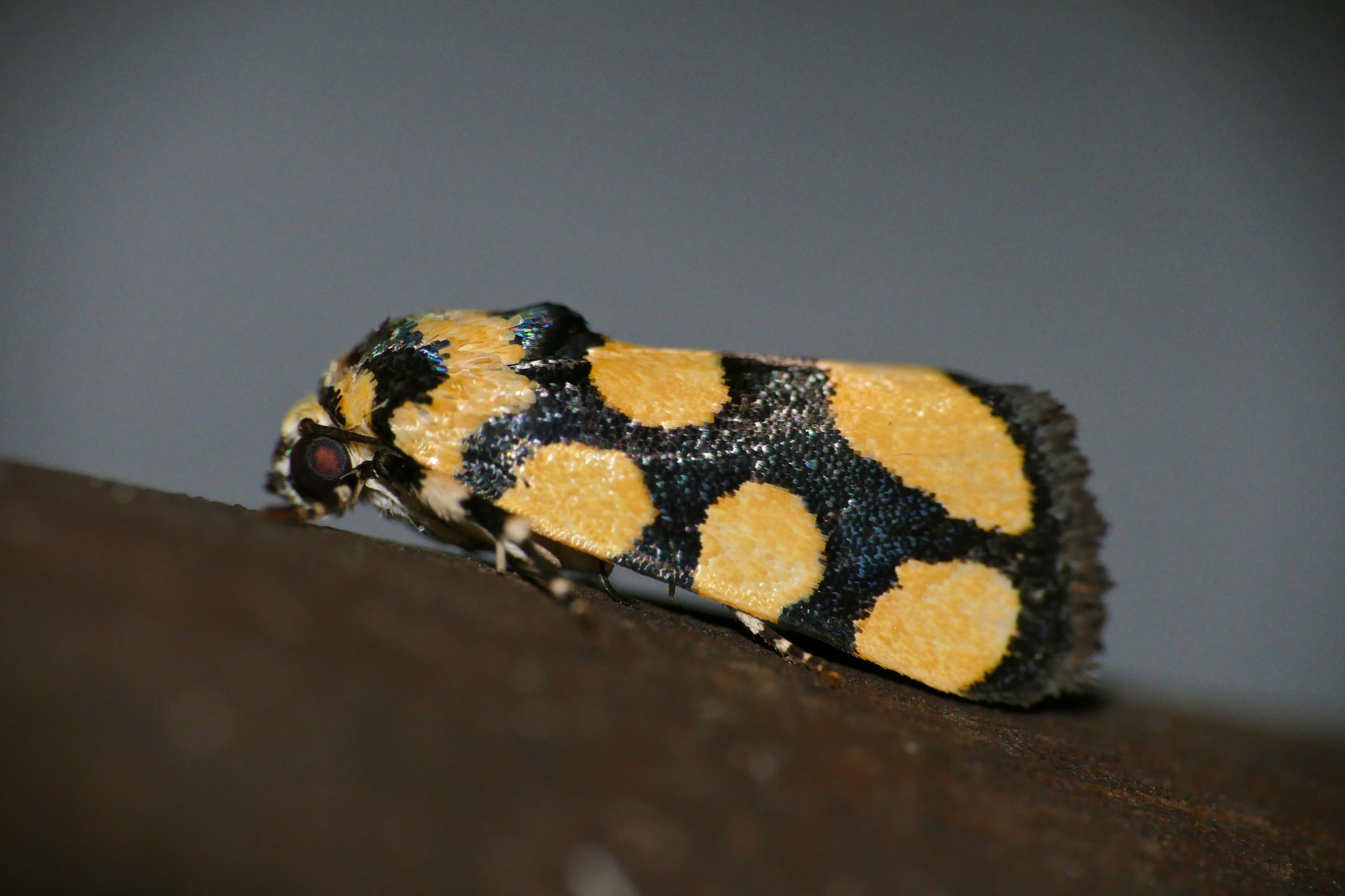|
Oxytrita
''Oxytrita'' is a monotypic moth genus of the family Noctuidae described by Warren in 1913. Its only species, ''Oxytrita bipars'', was first described by George Hampson in 1907. It is found in Khasis The Khasi people are an ethnic group of Meghalaya in north-eastern India with a significant population in the bordering state of Assam, and in certain parts of Bangladesh. Khasi people form the majority of the population of the eastern part of M ... and Kanara, both in what was then British India. References Acontiinae Monotypic moth genera {{Acontiinae-stub ... [...More Info...] [...Related Items...] OR: [Wikipedia] [Google] [Baidu] |
Acontiinae
Acontiinae is a subfamily of bird dropping moths in the family Noctuidae. There are more than 50 genera and 430 described species in Acontiinae, found worldwide in temperate and tropical climates. Genera These 52 genera belong to the subfamily Acontiinae: ; Tribe Acontiini Guenée, 1841 : '' Acontia'' Ochsenheimer, 1816 : ''Eusceptis'' Hübner, 1823 : ''Phyllophila'' Guenée, 1852 : ''Ponometia'' Herrich-Schäffer, 1868 : '' Pseudalypia'' H.Edwards, 1874 : '' Spragueia'' Grote, 1875 : ''Tarache'' Hübner, 1823 ; Tribe Armadini : '' Armada'' Staudinger, 1884 : ''Asplenia'' Hampson, 1916 ; Tribe Chamaecleini : '' Aleptinoides'' Barnes & McDunnough, 1912 : '' Austrazenia'' Warren, 1913 : '' Chalcoecia'' Hampson, 1908 : '' Chamaeclea'' Grote, 1883 : '' Heminocloa'' Barnes & Benjamin, 1924 : '' Hemioslaria'' Barnes & Benjamin, 1924 : '' Megalodes'' Guenee, 1852 : '' Thurberiphaga'' Dyar, 1920 : '' Trogotorna'' Hampson, 1910 ; Not placed in a tribe : '' Acrobyla'' Rebel, 1903 : ''A ... [...More Info...] [...Related Items...] OR: [Wikipedia] [Google] [Baidu] |
George Hampson
Sir George Francis Hampson, 10th Baronet (14 January 1860 – 15 October 1936) was an English entomologist. Hampson studied at Charterhouse School and Exeter College, Oxford. He travelled to India to become a tea-planter in the Nilgiri Hills of the Madras presidency (now Tamil Nadu), where he became interested in moths and butterflies. When he returned to England he became a voluntary worker at the Natural History Museum, where he wrote ''The Lepidoptera of the Nilgiri District'' (1891) and ''The Lepidoptera Heterocera of Ceylon'' (1893) as parts 8 and 9 of ''Illustrations of Typical Specimens of Lepidoptera Heterocera of the British Museum''. He then commenced work on ''The Fauna of British India, Including Ceylon and Burma: Moths'' (four volumes, 1892–1896). Albert C. L. G. Günther offered him a position as assistant at the museum in March 1895, and, after succeeding to his baronetcy A baronet ( or ; abbreviated Bart or Bt) or the female equivalent, a baronetess (, ... [...More Info...] [...Related Items...] OR: [Wikipedia] [Google] [Baidu] |
Monotypic
In biology, a monotypic taxon is a taxonomic group (taxon) that contains only one immediately subordinate taxon. A monotypic species is one that does not include subspecies or smaller, infraspecific taxa. In the case of genera, the term "unispecific" or "monospecific" is sometimes preferred. In botanical nomenclature, a monotypic genus is a genus in the special case where a genus and a single species are simultaneously described. In contrast, an oligotypic taxon contains more than one but only a very few subordinate taxa. Examples Just as the term ''monotypic'' is used to describe a taxon including only one subdivision, the contained taxon can also be referred to as monotypic within the higher-level taxon, e.g. a genus monotypic within a family. Some examples of monotypic groups are: Plants * In the order Amborellales, there is only one family, Amborellaceae and there is only one genus, '' Amborella'', and in this genus there is only one species, namely ''Amborella trichopoda. ... [...More Info...] [...Related Items...] OR: [Wikipedia] [Google] [Baidu] |
Moth
Moths are a paraphyletic group of insects that includes all members of the order Lepidoptera that are not butterflies, with moths making up the vast majority of the order. There are thought to be approximately 160,000 species of moth, many of which have yet to be described. Most species of moth are nocturnal, but there are also crepuscular and diurnal species. Differences between butterflies and moths While the butterflies form a monophyletic group, the moths, comprising the rest of the Lepidoptera, do not. Many attempts have been made to group the superfamilies of the Lepidoptera into natural groups, most of which fail because one of the two groups is not monophyletic: Microlepidoptera and Macrolepidoptera, Heterocera and Rhopalocera, Jugatae and Frenatae, Monotrysia and Ditrysia.Scoble, MJ 1995. The Lepidoptera: Form, function and diversity. Oxford, UK: Oxford University Press; 404 p. Although the rules for distinguishing moths from butterflies are not well establishe ... [...More Info...] [...Related Items...] OR: [Wikipedia] [Google] [Baidu] |
Noctuidae
The Noctuidae, commonly known as owlet moths, cutworms or armyworms, are a family of moths. They are considered the most controversial family in the superfamily Noctuoidea because many of the clades are constantly changing, along with the other families of the Noctuoidea. It was considered the largest family in Lepidoptera for a long time, but after regrouping Lymantriinae, Catocalinae and Calpinae within the family Erebidae, the latter holds this title now. Currently, Noctuidae is the second largest family in Noctuoidea, with about 1,089 genera and 11,772 species. This classification is still contingent, as more changes continue to appear between Noctuidae and Erebidae. Description Adult: Most noctuid adults have drab wings, but some subfamilies, such as Acronictinae and Agaristinae, are very colorful, especially those from tropical regions (e.g. '' Baorisa hieroglyphica''). They are characterized by a structure in the metathorax called the nodular sclerite or epaulette, whic ... [...More Info...] [...Related Items...] OR: [Wikipedia] [Google] [Baidu] |
Species Description
A species description is a formal description of a newly discovered species, usually in the form of a scientific paper. Its purpose is to give a clear description of a new species of organism and explain how it differs from species that have been described previously or are related. In order for species to be validly described, they need to follow guidelines established over time. Zoological naming requires adherence to the ICZN code, plants, the ICN, viruses ICTV, and so on. The species description often contains photographs or other illustrations of type material along with a note on where they are deposited. The publication in which the species is described gives the new species a formal scientific name. Some 1.9 million species have been identified and described, out of some 8.7 million that may actually exist. Millions more have become extinct throughout the existence of life on Earth. Naming process A name of a new species becomes valid (available in zo ... [...More Info...] [...Related Items...] OR: [Wikipedia] [Google] [Baidu] |
Khasis
The Khasi people are an ethnic group of Meghalaya in north-eastern India with a significant population in the bordering state of Assam, and in certain parts of Bangladesh. Khasi people form the majority of the population of the eastern part of Meghalaya, that is Khasi Hills, constituting 78.3% of the region's population, and is the state's largest community, with around 48% of the population of Meghalaya. They are among the few Austroasiatic-speaking peoples in South Asia. The Khasi tribe holds the distinction of being one of the few remaining matriarchal tribes of the world. Under the Constitution of India, the Khasis have been granted the status of Scheduled Tribe. History Khasi mythology Khasi mythology traces the tribe's original abode to ("The Seven Huts"). According to the Khasi mythology, (God, the Lord Master) had originally distributed the human race into 16 heavenly families (). However, seven out of these 16 families were stuck on earth while the other 9 in heaven ... [...More Info...] [...Related Items...] OR: [Wikipedia] [Google] [Baidu] |
Kanara
Kanara, also known as Karavali is the historically significant stretch of land situated by the southwestern coast of India, alongside the Arabian Sea in the present-day Indian state of Karnataka. The region comprises three civil districts, namely: Uttara Kannada, Udupi, and Dakshina Kannada. Etymology According to historian Severino da Silva, the ancient name for this region is ''Parashurama Srushti'' (creation of Parashurama). According to him and Stephen Fuchs, the name ''Canara'' is the invention of Portuguese, Dutch, and English people who visited the area for trade from the early sixteenth century onwards. The Bednore Dynasty, under whose rule this tract was at that time, was known to them as the Kannada Dynasty, i.e., the dynasty speaking the Kannada language. "Karāvalli", the Kannada word for 'coast', is the term used by Kannada-speakers to refer to this region. The letter 'd' being always pronounced like 'r' by the Europeans, the district was named by them as ... [...More Info...] [...Related Items...] OR: [Wikipedia] [Google] [Baidu] |
Natural History Museum, London
The Natural History Museum in London is a museum that exhibits a vast range of specimens from various segments of natural history. It is one of three major museums on Exhibition Road in South Kensington, the others being the Science Museum and the Victoria and Albert Museum. The Natural History Museum's main frontage, however, is on Cromwell Road. The museum is home to life and earth science specimens comprising some 80 million items within five main collections: botany, entomology, mineralogy, palaeontology and zoology. The museum is a centre of research specialising in taxonomy, identification and conservation. Given the age of the institution, many of the collections have great historical as well as scientific value, such as specimens collected by Charles Darwin. The museum is particularly famous for its exhibition of dinosaur skeletons and ornate architecture—sometimes dubbed a ''cathedral of nature''—both exemplified by the large ''Diplodocus'' cast that domina ... [...More Info...] [...Related Items...] OR: [Wikipedia] [Google] [Baidu] |


.jpg)

